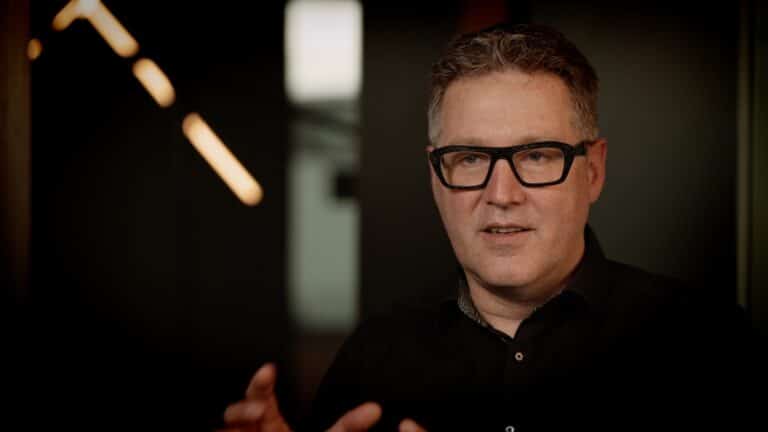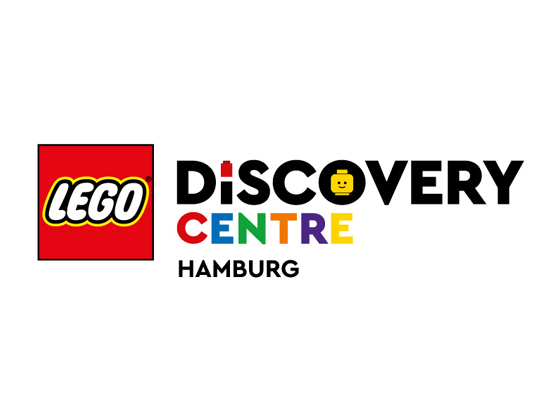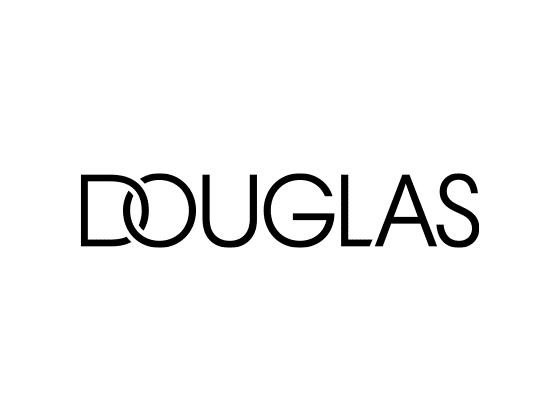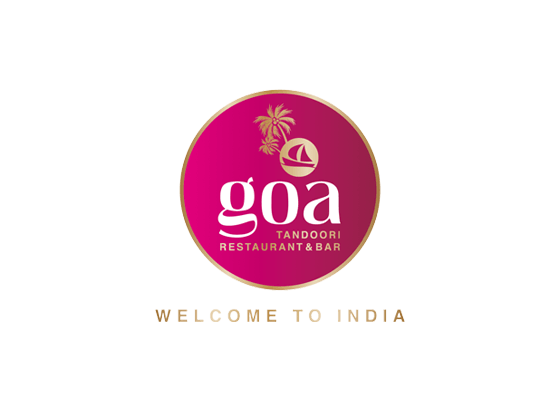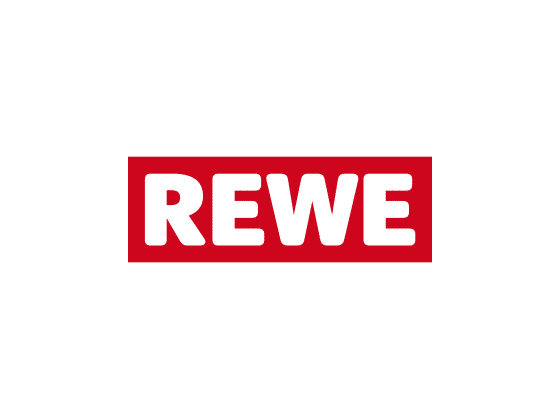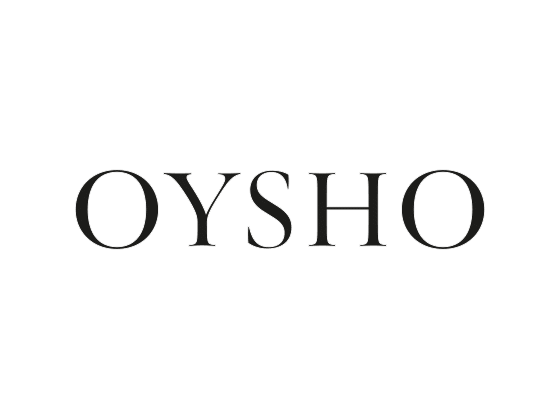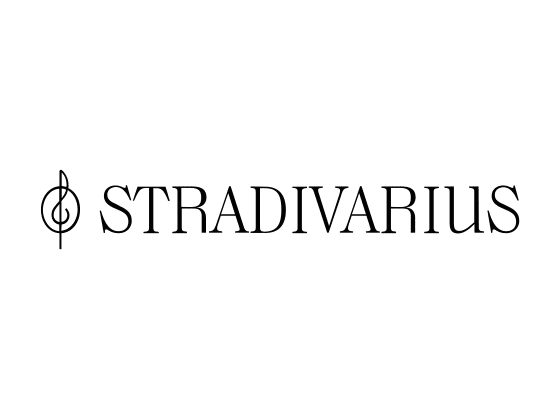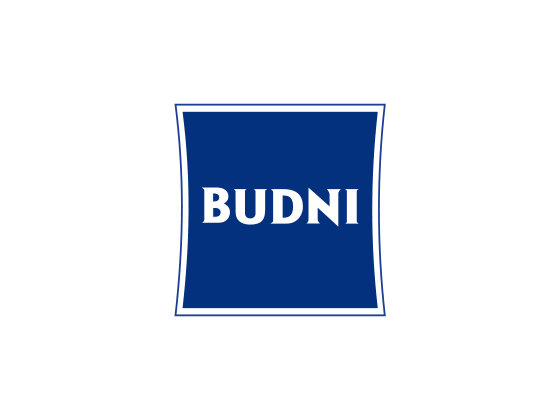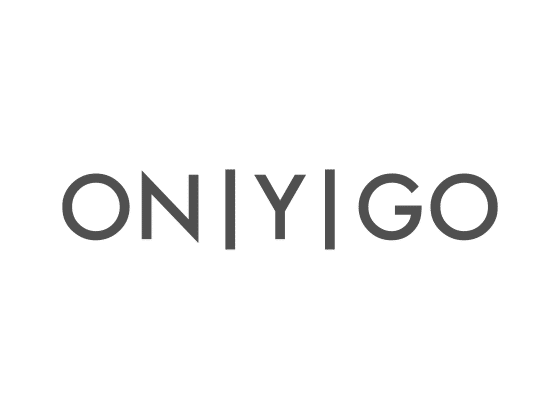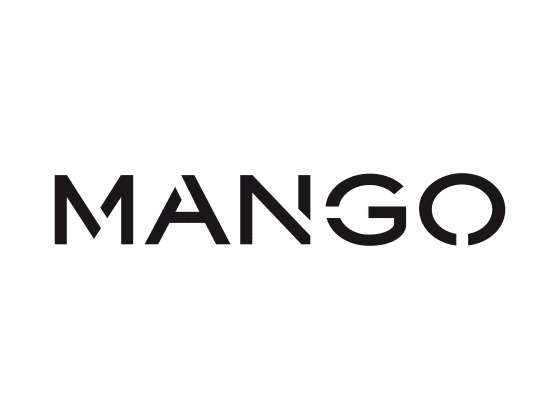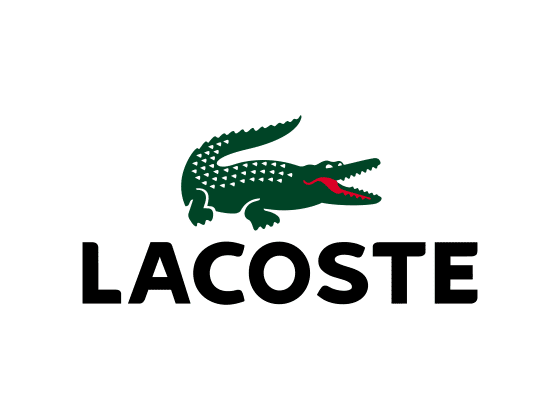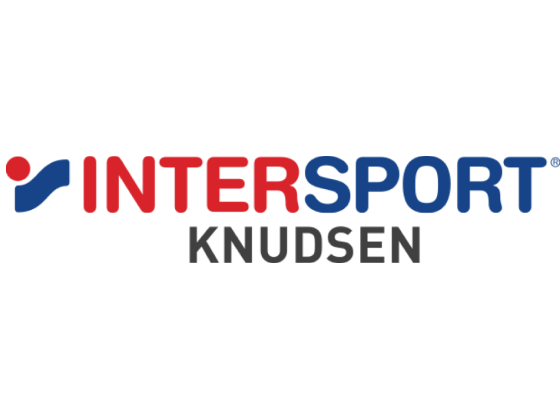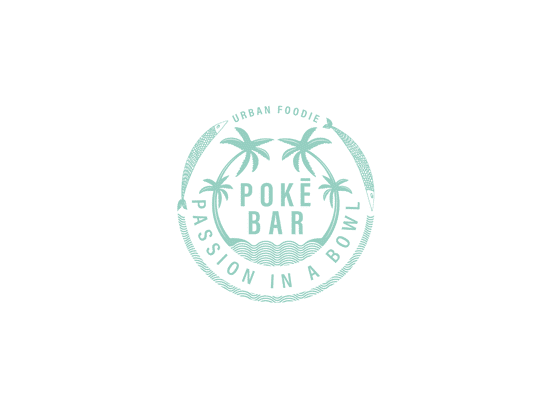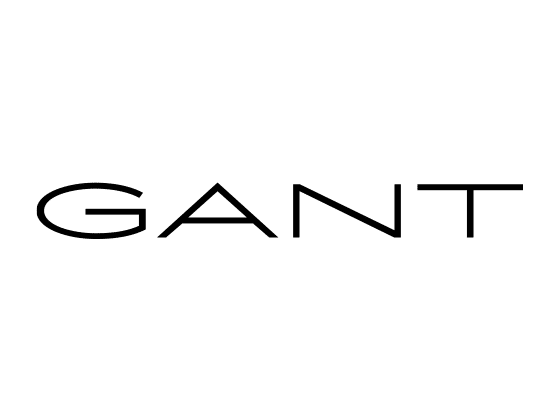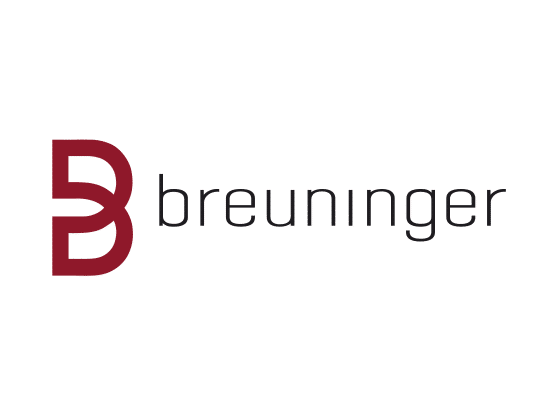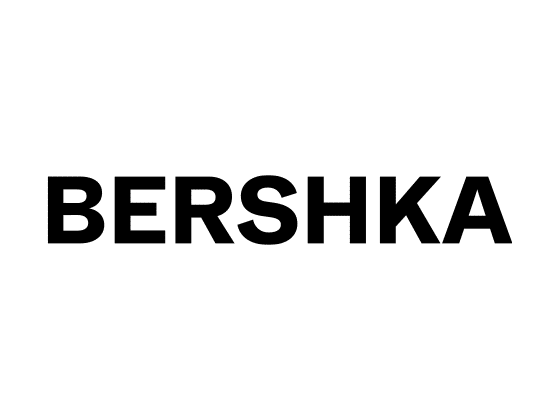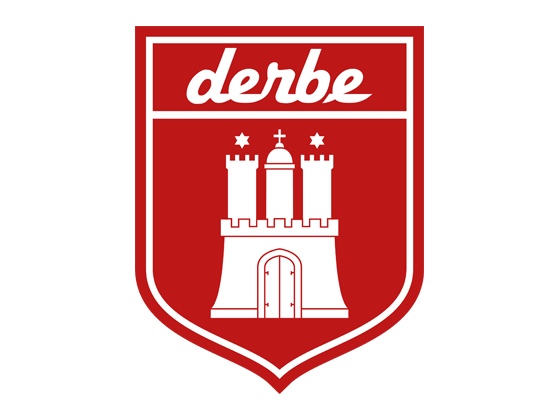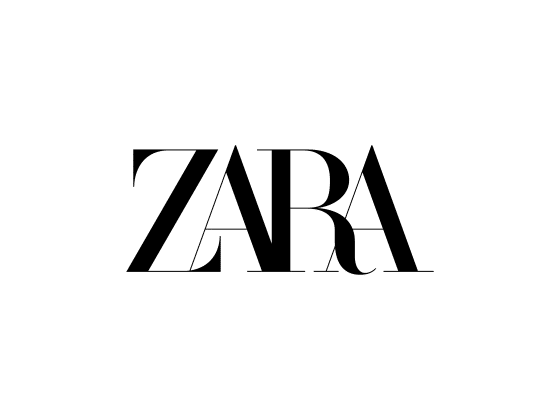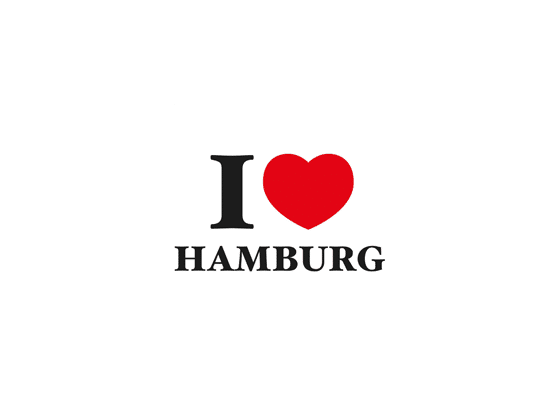The German Sustainable Building Council (DGNB) is driving the sustainable transformation of the entire construction and real estate industry. The vision behind it: Sustainable design, construction and operation of buildings and quarters should become the norm. Johannes Kreißig, Managing Director of DGNB, has played a significant role in this orientation. In an interview with Unibail-Rodamco-Westfield (URW), he reveals why pre-certification is important, what excites him about Westfield Hamburg-Überseequartier, and what he would “definitely like to see in the future”.
Watch the full interview here.
Westfield Hamburg-Überseequartier is scheduled to open in the fall of 2023, but it is already casting a long shadow: URW’s project is currently being built on a 67,000-square-meter site in Hamburg’s southern HafenCity and was the first major project ever to be awarded the new preliminary certificate for sustainable building sites by the DGNB. In addition, all buildings will in future carry the BREEAM Communities & BREEAM New Construction Excellent certificate; the office buildings Luv & Lee and Skysegel will receive DGNB Gold. These certifications are then the reward for forward-looking planning by the URW team in terms of sustainability – in keeping with the DGNB philosophy: “We certify buildings and projects as proof of their future viability in terms of operation and benefits,” explains Kreißig. As one of the initiators and a long-standing board member of the non-profit and non-governmental organization, he has helped shape the path of certified sustainable building in Germany for almost 15 years. In general, the DGNB accompanies companies mostly in an advisory capacity and documents the sustainability standards. However, the actual decision to implement sustainable building measures ultimately lies with the companies themselves.
Prime example Westfield Hamburg-Überseequartier
But the sustainability aspect has several facets. For the construction expert, the overall picture is particularly important in large-scale projects such as Westfield Hamburg-Überseequartier: “I’m fascinated by such quarters in which different uses are intertwined, planned together and systemically networked.” The exciting thing about it, he says, is a symbiosis of the joint potential of the components of a quarter and the individual quality and sustainability standards of the individual buildings.
For Kreissig, Westfield Hamburg-Überseequartier is a showcase project in this respect for ensuring that these potentials are considered in the construction process in a meaningful and sustainable way. “This is not just a shopping center being built here with a random dock for a ship, but rather a place where people will encounter a lively quarter in the future and interact with the opportunities on site.”
Regarding the opening in 2023, Kreißig finally has one wish left open:
“I would like to witness that. And I will. I’m quite sure of that.”
